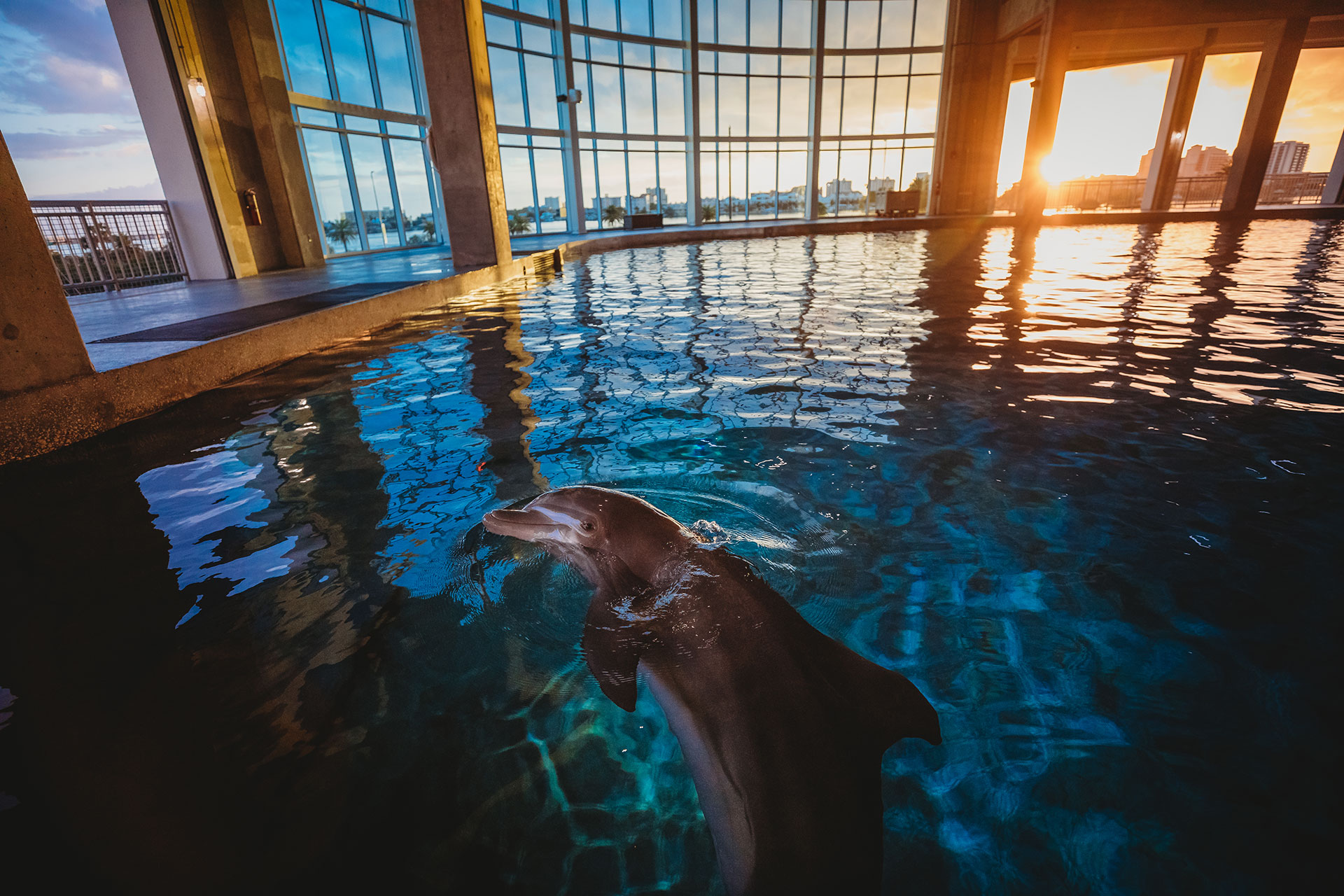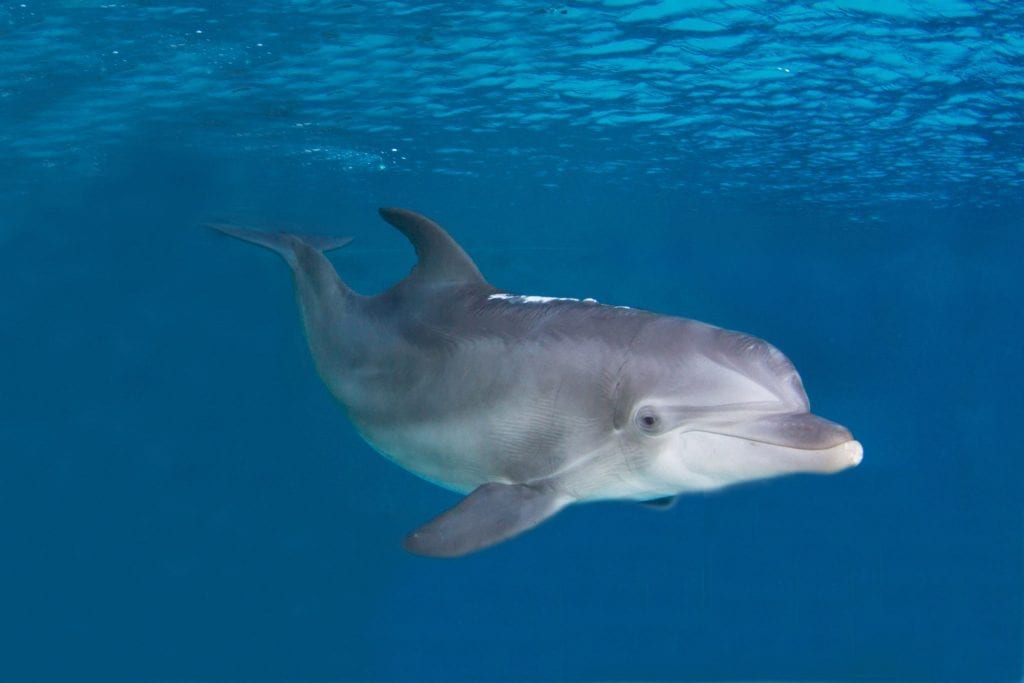

As such, Clearwater is mostly warm to hot year round, with few nights of frost. Clearwater is far enough south that it lies in the broad transition zone from subtropical to tropical climates. Climate Ĭlearwater has a humid subtropical climate. Royalty Theatre is also slated to be renovated. New bars, restaurants and other amenities are coming to the area, renamed the "Cleveland Street District". General beautification has been done along with completion of several high-rise condos and a large marina. Downtown Ĭlearwater's downtown has been undergoing major redevelopment in recent years.

Īccording to the United States Census Bureau, the city has a total area of 39.2 square miles (101.6 km 2), of which 25.6 square miles (66.2 km 2) is land and 13.7 square miles (35.4 km 2) (34.86%) is water.
2018 – The shooting of Markeis McGlockton receives national attention and triggers a debate regarding stand-your-ground laws. representative for Florida's 13th congressional district. 2013 – Church of Scientology's Super Power Building dedicated. 2005 – Clearwater Memorial Causeway opens. 2004 – Clearwater Public Library new building opens. 1998 – City website online (approximate date). 1984 – Regional Pinellas Suncoast Transit Authority formed. Church of Scientology headquartered in Clearwater. 1972 – Marine Science Center established. 1959 – WAZE radio begins broadcasting. 1953 – Palm Drive-In cinema in business. 1948 – WTAN radio begins broadcasting. 1918 – Pinellas County Courthouse built. 1916 – Public library and bridge to Clearwater Beach built. 1915 – City of Clearwater incorporated. Tampa and Gulf Coast Railroad begins operating. Clearwater Evening Sun newspaper begins publication. 1912 – Clearwater designated seat of newly created Pinellas County. 1906 – Clear Water Harbor renamed "Clearwater". 1897 – Belleview Hotel in business in nearby Belleair. 1894 – Orange Belt Railroad begins operating. Town of Clear Water Harbor incorporated. "Narrow-gauge railroad" begins operating. Settlement of Clear Water Harbor founded. Army Air Corps fighter-bombers for strafing and bombing practice. The remote and isolated Dan's Island, now the highrise-dominated Sand Key, was used as a target by U.S. Vehicle traffic was regularly stopped for companies of soldiers marching through downtown, and nighttime blackouts to confuse potential enemy bombers were common practice. Virtually every hotel in the area, including the Belleview Biltmore and the Fort Harrison Hotel, was used as a barracks for new recruits. A new, much higher bridge now arcs over the bay, replacing the former drawbridge the connecting road is part of State Road 60 and is called Clearwater Memorial Causeway.ĭuring World War II, Clearwater became a major training base for US troops destined for Europe and the Pacific. Clearwater Beach, although located on a separate barrier island, belongs to the city of Clearwater and fronts the Gulf of Mexico. In 1915, a bridge was built across Clearwater Harbor, joining the city with Clearwater Beach to the west. Clearwater was reincorporated, this time as a city, on May 27, 1915, and was designated the county seat for Pinellas County, which broke from Hillsborough County in 1912. Clearwater's oldest existing newspaper, the Clearwater Sun, was first published on March 14, 1914. There were many other freshwater springs that dotted the bluff, many in the bay or harbor itself.īy the early 1900s, Clearwater's population had grown to around 400, ballooning to nearly 1,000 in the winter. The name "Clear Water" is thought to have come from a fresh water spring flowing from near where the City Hall building is located today. Prior to 1906, the area was known as Clear Water Harbor. Early settlers included the Stevens, Stevenson, Sever and McMullen families, who claimed and farmed large tracts of land. The area's population grew after the Federal Armed Occupation Act of 1842 offered 160 acres (0.65 km 2) to anyone who would bear arms and cultivate the land. University of South Florida archaeologists excavated the site in 1962 after Mark Wyllie discovered an underground ammunition bunker while planting a tree in his yard. The fort was located on a bluff overlooking Clearwater Harbor, which later became part of an early 20th-century residential development called Harbor Oaks. Around 1835, the United States Army began construction of Fort Harrison, named after William Henry Harrison, as an outpost during the Seminole Wars. 
Present-day Clearwater was originally the home of the Tocobaga people. Clearwater at daybreak, as seen from Clearwater Beach







 0 kommentar(er)
0 kommentar(er)
